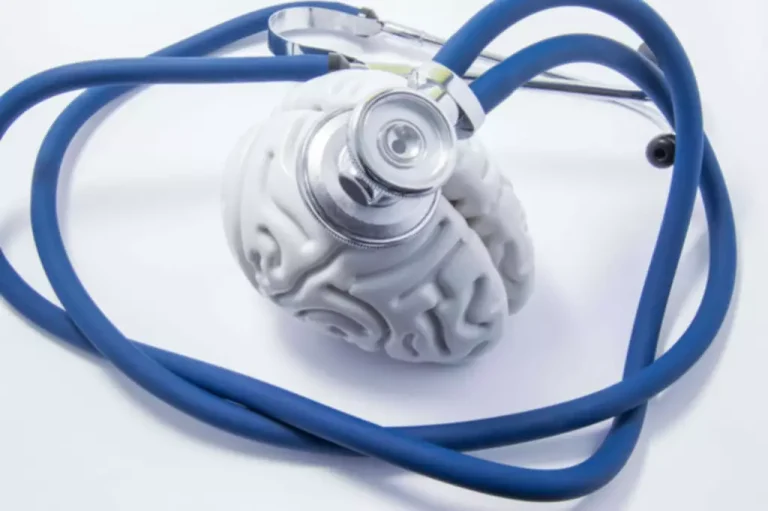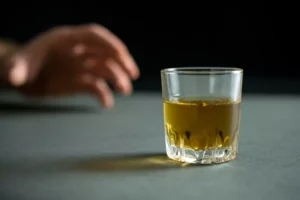
It’s important to remember, though, that even if you or someone you care about has one or even many of these risk factors, that doesn’t mean they’ll develop a substance use disorder. It can include genetic, psychological, and environmental factors. While it’s impossible to say who’s at risk for an opioid use disorder, there are factors that can raise the risk of developing a drug addiction. Sometimes opioid use disorder begins with legal drugs like painkillers that are prescribed after a surgery or some other injury. At first, heroin flowed from countries where it was still legal into countries where it was no longer legal.
- Signs of heroin addiction can include many physical and mental symptoms and changes to a person’s lifestyle.
- Drug use can have significant and damaging short-term and long-term effects.
- Heroin is a highly addictive drug that some people use for recreational purposes.
- Drugmakers often mix heroin with other substances to make their product bulkier, cheaper, and stronger.
- Users report an intense rush, an acute transcendent state of euphoria, which occurs while diamorphine is being metabolized into 6-monoacetylmorphine (6-MAM) and morphine in the brain.
- It’s also called horse, smack, junk, and brown sugar, among other names.
How a Police Chief, a Governor and a Sociologist Would Spend $100 Billion to Solve the Opioid Crisis

But therapy and community help increase the chances you stick with it. You’re now addicted to opioids and you no longer take the drug to get high, but to escape feeling low. The brain has adopted a new form of compulsion that can reassert itself even after years of sobriety. To understand what goes through the minds and bodies of opioid users, The New York Times spent months interviewing users, family members and addiction experts. Using their insights, we created a visual representation of how the strong lure of these powerful drugs can hijack the brain. For many, opioids like heroin entice by bestowing an immediate sense of tranquility, only to trap the user in a vicious cycle that essentially rewires the brain.
Preventing drug misuse in children and teenagers
For those currently struggling with heroin addiction, know that help is available. Opiate addiction treatment programs offer comprehensive solutions tailored to individual needs. It’s never too late to seek help and begin the journey toward recovery. Learning to cope with cravings and triggers is an essential skill for those in recovery.
Heroin Dependence & Withdrawal Symptoms
Combined behavioral and medication therapies show the greatest success for heroin addiction. If someone comes into the ER suffering from a heroin overdose, the priority of medical personnel is to stabilize their condition with supportive care. If you or someone you care about is addicted to heroin, it’s important to get help. Heroin is a powerful opioid that can cause dangerous complications. Some people contract infectious diseases, such as HIV and hepatitis, from sharing needles.
But doctors don’t know when the brain has reset itself and is no longer at high risk for substance use. Treatment centers that promote abstinence are at odds with the medical standard of care — long-term use of medications, like buprenorphine, methadone and naltrexone. But only about 25 percent heroin addiction treatment of outpatient centers provide them. A drug like heroin creates a tidal wave in the reward circuits of the brain. But on the inside you feel like a master of the universe, like you’re being “hugged by Jesus,” as one user said; there’s peace in your skin and not a single feeling of pain.
- People with addiction and their family members may find support groups to help them cope with stress and issues that may occur due to heroin use.
- Addiction can remove an otherwise healthy and contributing member from society, and may lead to severe disability and eventually death.
- People with a history of heroin addiction may develop kidney, liver, or heart disease because of their drug use.
- This risk of toxicity and overdose may increase when someone consumes heroin or other opioids in conjunction with certain other substances, including alcohol and benzodiazepines.
- Though anyone can develop a substance use disorder, genes and environment play a big role in who’ll get one.
- Medicine treatment options for opioid addiction may include buprenorphine, methadone, naltrexone, and a combination of buprenorphine and naloxone.
Medications for Opioid Overdose, Withdrawal, & Addiction
Heroin, a powerful opioid derived from morphine, has a long and complex history intertwined with human suffering and misguided attempts at relief. Alder Wright, it was ironically intended as a less addictive alternative to morphine. Little did Wright know that his creation would become one of the most addictive and destructive substances known to humankind.
The sale of drugs such as heroin or cocaine will still be illegal. Seventy-seven percent of opioid overdose deaths occur outside medical settings, and more than half occur at home. This year, the surgeon general advised Americans to carry naloxone, a life-saving medication to resuscitate victims. Understanding heroin overdoses can help protect you and those you care https://ecosoberhouse.com/ about from its risks and dangers. On this page, we’ll cover various factors that can contribute to an overdose, how an overdose is treated, and provide resources for you to get help for an opioid use disorder (OUD). In an opioid overdose, a medicine called naloxone can be given by emergency responders, or in some states, by anyone who witnesses an overdose.

Psychological effects
Because the drug triggers the release of the feel-good chemical dopamine, you can get addicted easily. Even after you use it just one or two times, it can be hard to stop yourself from using it again. Your heart and breathing may slow or stop if you take too many depressants. Heroin is made in illegal drug labs, usually near places where opium poppies grow. It’s considered “semi-synthetic.” It starts out as morphine, one of the natural opiates found in the seed of the opium poppy plant, but has to go through a chemical process to become heroin.

Learning to recognize the devices used with heroin and what the drug actually looks like may help you identify heroin use in someone you care about. Withdrawal management can help you get through any symptoms you experience while weaning off heroin. Because naloxone only provides temporary relief, calling emergency services first is always recommended.